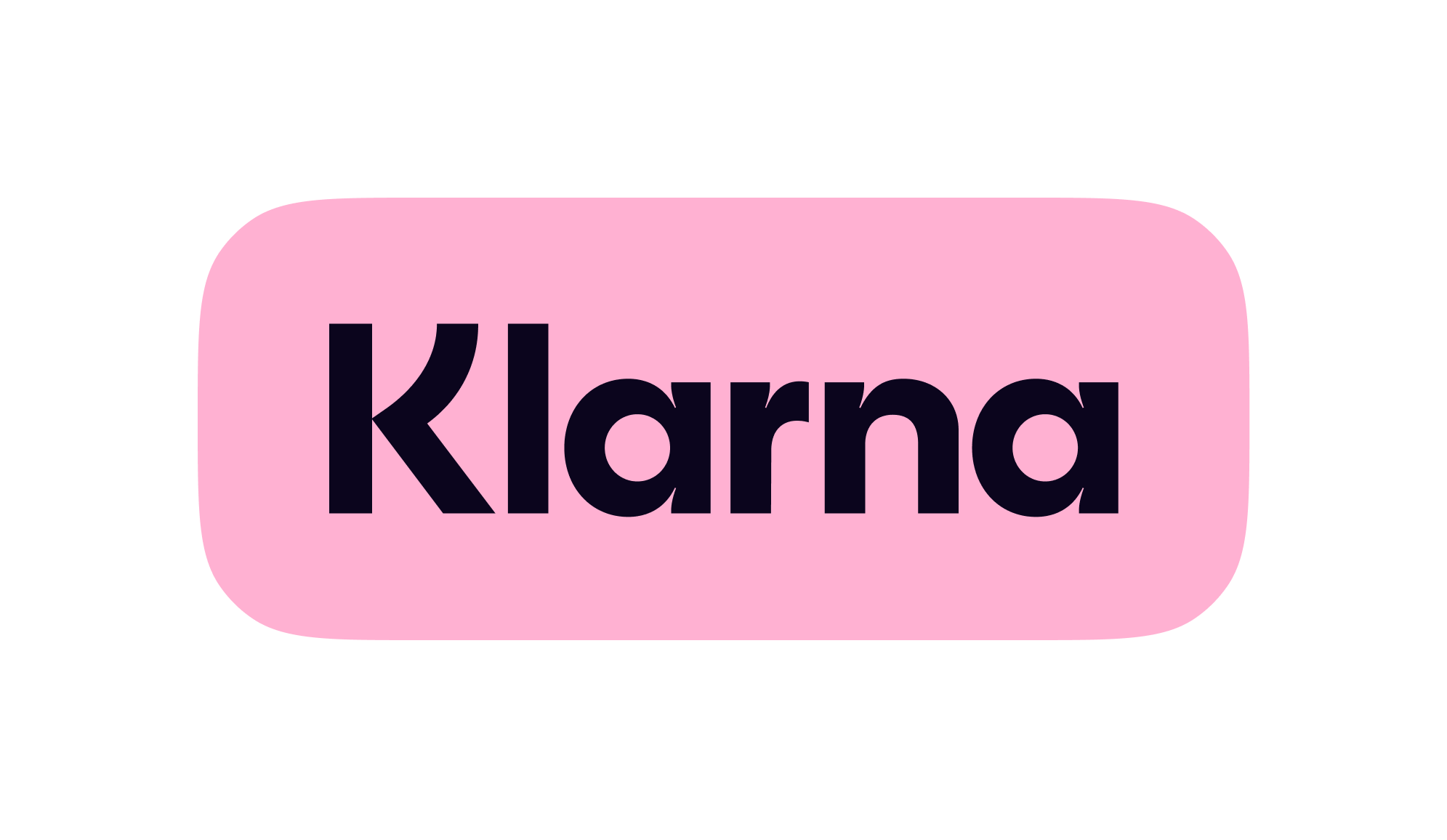Despite a Lower Unemployment Rate, Veterans Still Face Problems Finding Jobs
A Bureau of Labor Statistics report released earlier this year provided what seemed to be positive news for veterans: the unemployment rate for all men and women who served on active duty in the U.S. Armed Forces declined from 4.3 percent in 2016 to 3.7 percent in 2017. However, veterans who are currently making the transition from active duty to civilian life continue to face challenges when it comes to finding employment.
Age discrimination may be a problem for older job seekers.
Right now there are just over 20 million veterans in the United States. Gulf War era veterans—those who served from August 1990 to present—recently surpassed Vietnam era veterans in terms of sheer numbers, and more than half of those men and women are age 45 and older. The problem? In addition to the myriad other obstacles they face , veterans looking to begin their civilian careers later in life must also deal with widespread age discrimination among U.S. employers.
Despite the existing Age Discrimination in Employment Act (ADEA), which prohibits age discrimination against people who are 40 or older, there is still evidence that many companies prefer to hire younger workers. According to a recent AARP survey , 61 percent of older workers said they had personally experienced age discrimination in the workplace and 91 percent of respondents believe it is “very common” or “somewhat common.”
Disabled veterans also face challenges finding a job after discharge.
According to a 2017 census report, there are more than 4 million U.S. veterans with a service-connected disability. As with age discrimination, there are laws in place to protect disabled workers, including veterans. However, people with disabilities still face certain prejudices when seeking employment—and even after employment, when they are sometimes treated differently or paid a lower wage than people without disabilities.
Nationally, the unemployment rate among individuals with disabilities is declining, but the number of jobless people with disabilities is still significantly higher than those without. The Department of Veterans Affairs offers help for disabled veterans with its disability compensation program. Specifically, the Individual Unemployability benefit allows veterans with service-connected disabilities who cannot hold gainful employment to receive disability compensation at the 100 percent rate (even though the VA has not rated their disabilities at the total level).
Familiar roadblocks still exist, making it harder for veterans to land a job.
Age and disability discrimination aside, veterans today still face many common roadblocks when it comes to taking the next step in their careers. Potential employers are often wary because of preconceived—and often incorrect—notions about their ability to succeed in the civilian workforce, making it even more difficult to get a foot in the door.
For example, many companies are unsure of how skills learned in the military translate to those needed in the office, or they worry about mental health issues among veteran employees. Still, other businesses dismiss veteran applicants because they lack the required education, or because they fear being left shorthanded if veteran workers are redeployed.
While the majority of these beliefs have little to no merit, they still present a problem for veterans trying to enter the workforce. Fortunately, resources exist to help veterans find and apply for jobs, and many companies do see the value in hiring men and women who have served.
But regardless of where you are in the employment search process, you will likely need a copy of your DD214 when filling out all of those job applications. If you never received yours, or if it was somehow lost, stolen or damaged, DD214Direct is the best place to turn for help locating your military service records.
Veteran-owned DD214Direct helps you get the documents you need, when you need them.
Our cutting-edge technology platform and keen knowledge of government protocol and procedure allow us to deliver your documents faster than competitors. We physically stand in line at the records repository and manually coordinate your order, freeing up your time and easing your worries about whether or not you will get your DD214. Much like paying a small fee to have your taxes done by a professional, DD214Direct provides the service and convenience you’ve been hoping for—plus we make it a lot easier.
Instead of having to download, print, sign and fax your document request form, you can submit your order directly through our website with the ease of e-signature technology from a desktop, laptop or mobile device. And tracking your request through us is simple, so you never have to worry about long hold times and inconclusive answers.
Ready to get started? Click here to begin the order process.











